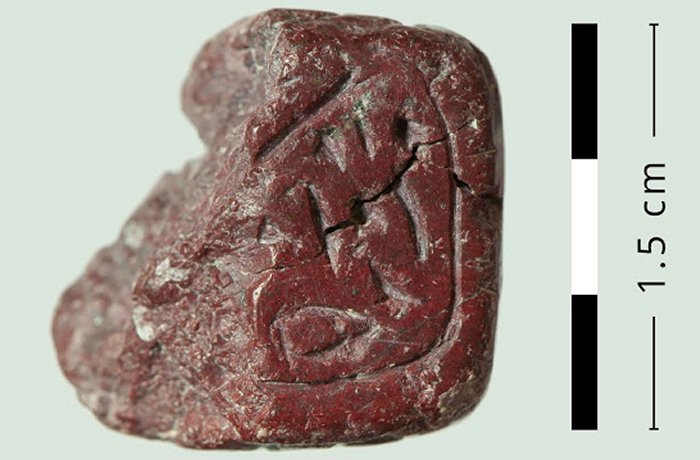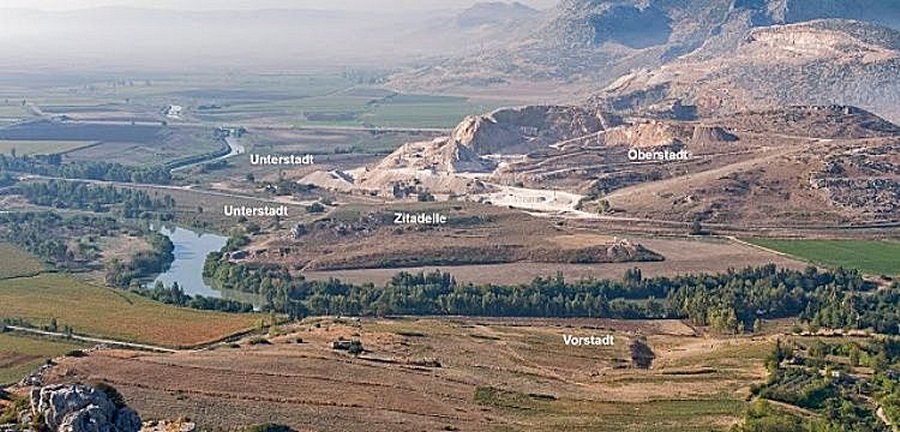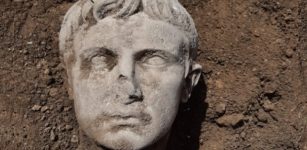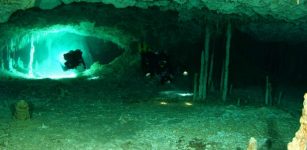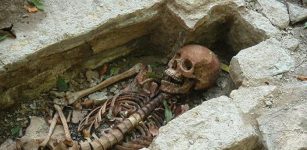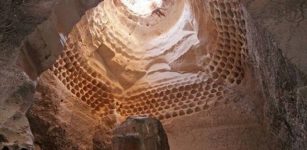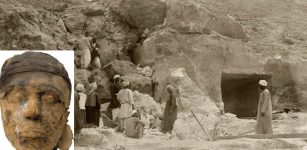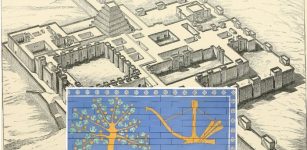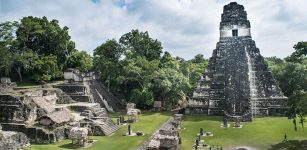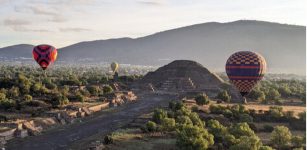Bronze Age And Iron Age City Complex Once Known As Kummanni Unearthed In Turkey
AncientPages.com - A Bronze Age and Iron Age city complex that could be Kummanni, known as a place of worship, has been unearthed by the Swiss-Turkish expedition archaeological team.
Sirkeli Höyük is a Bronze Age and Iron Age site 40 kilometers east of Adana in ancient Cilicia.
In antiquity, Cilicia was the south coastal region of Asia Minor and existed as a political entity from Hittite times into the Armenian Kingdom of Cilicia during the late Byzantine Empire.
It is one of the largest known settlements of this period in Turkey.
Even before the Swiss-Turkish excavations began, Sirkeli Höyük was regarded as one of the largest Bronze Age and Iron Age sites in Cilicia, an immensely important region in terms of cultural history at the interface between the Levant (Syro-Mesopotamia), Cyprus and Anatolia.
Recent excavations supported by geophysical surveys and surface inspections, revealed the remains of an extensive lower town with dense residential development and an upper town on two ridges with a necropolis and chamber tombs at its center.
"Together with extramural workshop areas and a suburb on the opposite side of the Ceyhan (Pyramos), these urban areas form an 80 hectare urban landscape that is uniquely complex for Cilicia, for the North Levant and for South Anatolia, and structurally reminiscent of the Hittite capital Ḫattuša," Project manager Mirko Novák from the Institute of Archaeological Sciences at the University of Bern said.
A stamp seal was also found in an adjacent building, which is inscribed equally with Luwian, i.e. Old Anatolian hieroglyphics and Babylonian cuneiform characters and according to Novak, "the parallel use of these two writing systems on a seal is extremely unusual for the 1st millennium BC."
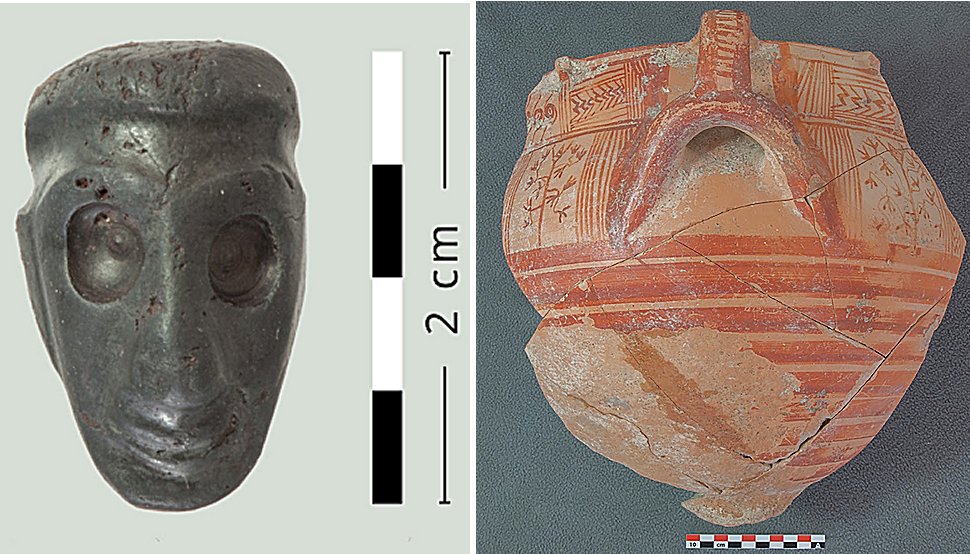
The face of a man-shaped composite figure made of stone and pottery fragment. Image credit: University of Bern
In the northeast part of the citadel, archaeologists discovered two rock reliefs - one shows the Hittite king Muwattalli II (1290-1272 BC).
Above the reliefs, there is a building that obviously served ancestor worship and in which the unrolling of seals with luwian hieroglyphics from the late 2nd millennium was found. In another stone building in the northwest of the citadel hill, the face of a man-shaped composite figure made of stone came to light.
The most noteworthy find was made by archaeologists in another structure located at the highest point of the citadel. In a small room, the skeletons of at least three sheep lay next to a pedestal. Several complete, partly painted ceramic vessels were deposited on and next to the animals. Obviously, this find is the remains of a ritual act.
AncientPages.com

